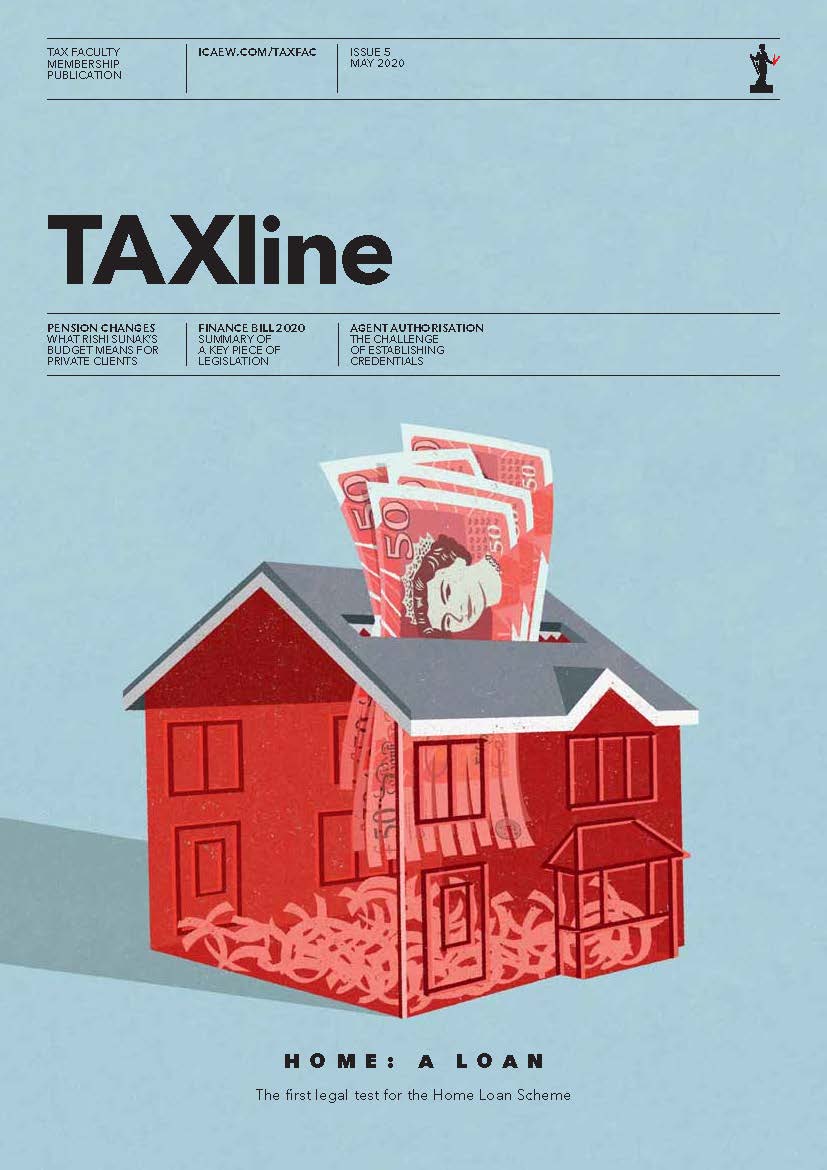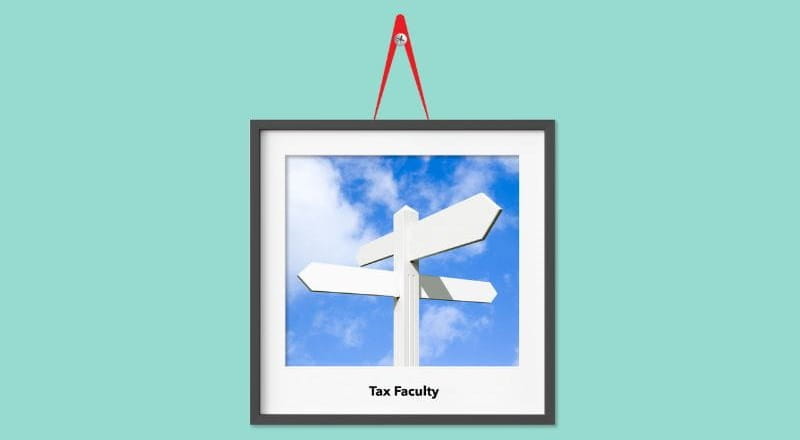For income tax, the additional rate threshold is being reduced to £125,140 from 6 April 2023. The personal allowance is reduced by £1 for every £2 earned over £100,000 and is fully withdrawn once an individual’s income reaches £125,140. The additional 45% main rate and 39.35% dividend rates of tax will apply to income above this level.
The dividend allowance is being halved from its current £2,000 to £1,000 from 6 April 2023. It will be halved again to £500 from 6 April 2024. Dividends received above this level will be subject to the higher dividend rates that were introduced from 6 April 2022 and continue to apply (8.75% for basic rate taxpayers, 33.75% for higher rate taxpayers and 39.35% for additional rate taxpayers).
The CGT annual exempt amount is being cut from its current £12,300 level to £6,000 from 6 April 2023, and to £3,000 from 6 April 2024. This, combined with the reduction in dividend allowance, will mean that a larger amount of investment income and gains will become subject to tax.
Frank Haskew, Head of Taxation Strategy at ICAEW, says: “While the reduction in the additional rate tax band is an obvious increase in taxes, many of the other tax rises are more in the nature of stealth taxes. The net impact is that many more people will be brought into higher rates of income tax over the next five years. This will increase the complexity of the tax system for many taxpayers and make it much harder for HMRC to administer the tax system – this at a time when HMRC’s service performance is under considerable pressure.”
Additionally, several allowances and thresholds will be frozen at their current levels until April 2028. This includes the income tax personal allowance (£12,570), national insurance contributions (NIC) thresholds (various), the inheritance tax nil rate band (£325,000) and residence nil rate band (£175,000).
In the context of recent wage inflation and high house price growth, this will mean that more individuals and estates will be dragged into paying tax.
The VAT registration threshold, the level of turnover at which businesses are required to register for VAT, will also be maintained at £85,000 until 1 April 2026. By that time, the threshold will have been frozen for nine years. However, at £85,000, it remains more than double the EU average.
NIC thresholds, rates and employment allowance
The 2022/23 tax year has seen an uplift in many thresholds from 6 July and a reduction in many rates from 6 November. The Autumn Statement confirms that many of the NIC thresholds will remain fixed from 2023/24 until April 2028. This includes the £5,000 employment allowance. According to the Autumn Statement, 40% of employers will not be affected by decisions on the threshold for employer’s NIC due to the employment allowance.
However, two NIC thresholds have been confirmed for 2023/24 only. The class 1 lower earnings limit will remain at the 2022/23 level of £6,396 per annum (£123 per week) in 2023/24. The class 2 small profits threshold will remain at the 2022/23 level of £6,725 in 2023/24.
The class 2 and class 3 rates will increase based on the September CPI figure of 10.1%. The class 2 rate will increase to £3.45 per week in 2023/24 from £3.15 per week and the class 3 rate will increase from £15.85 to £17.45 per week in 2023/24.
National living wage and national minimum wage
The national living wage hourly rate will increase to £10.42 per hour from 1 April 2023 for those aged 23 and over – an increase of 9.7%. This represents an increase of over £1,600 to the annual earnings of a full-time worker on the national living wage and is expected to benefit over 2m low-paid workers. The government has also accepted the Low Pay Commission’s recommendations for the other national minimum rates to apply from the first pay period starting on or after 1 April 2023, as follows:
- increasing the rate for 21-22 year olds to £10.18 an hour (10.9%);
- increasing the rate for 18-20 year olds to £7.49 an hour (9.7%)
- increasing the rate for 16-17 year olds to £5.28 an hour (9.7%);
- increasing the apprentice rate to £5.28 an hour (9.7%); and
- increasing the accommodation offset rate to £9.10 an hour (4.6%).
Changes to the taxation of electric vehicles
It has been anticipated for some time that the government would have to transition from the current favourable taxation of electric vehicles to prevent a significant funding gap. This is starting with the introduction of vehicle excise duty on electric cars and further increases in the benefit-in-kind rates for employer-provided cars, although these will still favour electric cars.
From 1 April 2025, electric vehicles will no longer be exempt from vehicle excise duty (VED). VED will be introduced for electric cars, vans and motorcycles. Zero-emission vehicles registered on or after 1 April 2025 will pay the lowest rate of VED, currently £10, in the first year. This will increase to the standard rate, currently £165, from the second year of registration onwards. Zero-emission vehicles registered before 1 April 2025 will pay the standard rate from 1 April 2025. The expensive car supplement, levied on vehicles with a list price of over £40,000, will also apply to electric cars registered on or after 1 April 2025.
The appropriate percentages for electric and ultra-low emission cars emitting less than 75g of CO2 per kilometre will increase by 1% in 2025/26, a further 1% in 2026/27 and a further 1% in 2027/28 up to a maximum appropriate percentage of 5% for electric cars and 21% for ultra-low emission cars. Rates for all other vehicle bands will be increased by 1% for 2025/26 up to a maximum appropriate percentage of 37%, remaining at that level in 2026/27 and 2027/28.
The current 100% capital allowance for the provision of electric vehicle charge points that had been due to expire in 2023 will be extended to 31 March 2025 for corporation tax purposes and 5 April 2025 for income tax purposes.
Stamp duty land tax
With effect from 31 March 2025, the cuts to stamp duty land tax in England and Northern Ireland announced at the 23 September mini-budget will be reversed.
Although the announcement has been made more than two years ahead of the change, this is likely to cause stress for those buying closer to the 31 March 2025 deadline as they race to get their purchase completed in time to benefit from the current £2,500 saving.
Changes to company tax reliefs
The Chancellor announced changes to research and development (R&D) tax relief to take effect from 1 April 2023. The deduction rate for qualifying expenditure under the SME scheme will be cut from 130% to 85%. The cash repayment credit under the SME scheme will also be reduced from 14.5% to 10%. However, the credit amount available under the large company R&D expenditure credit (RDEC) scheme will be increased from 13% to 20%.
This results in a levelling up between the schemes. From 1 April 2023, with a 25% rate of corporation tax, £100 of qualifying R&D expenditure will result in an additional tax saving of £21.25 under the SME scheme and £15 under the RDEC scheme. With the current rates and a 19% corporation tax rate, the savings are £24.70 for the SME scheme and £10.53 under the RDEC scheme.
The Autumn Statement heralds these reforms as a “step towards a simplified, single RDEC-like scheme for all”. It adds that a consultation will follow on this proposal.
The reforms to R&D announced at the 2021 Autumn Budget will go ahead as planned.
The Autumn Statement on 17 November also announced a consultation on reforms to the audio visual creative reliefs. These include proposals to simplify the five film and TV reliefs. Changes are also proposed to video games tax relief. These proposals seek to further incentivise the production of culturally British content and support the growth of the audio-visual sectors in the UK.
Tackling avoidance
With effect from 17 November 2022, new anti-avoidance rules will apply to non-domiciled individuals who exchange securities in a personal UK incorporated company for securities in a non-UK incorporated company under the share for share exchange provisions. This aims to prevent them from benefiting from beneficial income tax and CGT treatment following the exchange. The rules apply to individuals who have a holding of at least 5% in the UK close company and where the non-UK company would be a close company if it were a UK company.
The Autumn Statement also confirmed the Chancellor’s commitment to ensure businesses pay their fair share of tax. This includes implementing the OECD’s Pillar 2 rules for a global minimum rate of tax of 15% for accounting periods beginning on or after 31 December 2023. The government estimates this will raise revenue of £2.3bn per annum by 2027/28. These rules will require both large UK-headquartered multinational groups and large groups operating exclusively in the UK to pay a top-up tax where their UK operations have an effective tax rate of less than 15%. Some exclusions will also apply based on those businesses with substance in the UK based around payroll costs and tangible assets.
The government has announced a further package of measures to tackle tax avoidance and evasion, estimated to raise £1.7bn over the next five years.
Alongside the implementation of the Pillar 2 rules and the capital gains tax change on exchange of securities mentioned above, the government is investing a further £79m over the next five years to enable HMRC to allocate more staff to tackling cases of serious tax fraud and address tax compliance risks among wealthy taxpayers.
Supporting businesses
Import tariffs will be removed for two years on over 100 goods, including aluminium frames used by UK bicycle manufacturers and ingredients used by food producers. The highest duty rate being suspended is 18%. The tariff suspensions come after applications were made by UK businesses.
A package worth a total of £13.6bn will ensure that business rate increases from 1 April 2023 will have a reduced impact on businesses.
- There will be a freeze in the business rates multiplier for 2023-24, meaning that there will be no increase from 49.9 pence to 52.9 pence and from 51.2 pence to 54.2 pence respectively, resulting in 6% lower rates for the next five years.
- Transitional relief on property revaluations in 2023 will no longer be revenue neutral (which would have been achieved by limiting business rates reductions). Upward caps will be 5%, 15% and 30% for small, medium-sized and large properties respectively in 2023-24.
- Relief for retail, hospitality and leisure industries will be increased from 50% to 75% (worth up to £110,000 per business) and extended to 2023-24.
- Businesses losing eligibility or seeing reductions in small business rates relief or rural rates relief will see increases capped at £600 per year from 1 April 2023.
However, business rates improvement relief will apply from 2024 (instead of 2023) until at least 2028. This relief prevents an increase in rates for 12 months if the value of a property increases as a result of qualifying improvements.
Following consultation, the government has decided not to introduce an online sales tax (OST). A response to the OST consultation will be published shortly.
The investment zone programme announced in September’s mini budget will be refocused to catalyse a limited number of the highest potential knowledge-intensive growth clusters. The Department for Levelling Up, Housing and Communities will work closely with local administrations to consider how to identify these clusters, with the first to be announced in the coming months.
Energy windfall taxes
The government is planning to raise over £40bn over the next six years through changes to the energy profits levy, which will end on 31 March 2028. These include:
- an increase to the headline rate from 25% to 35% from 1 January 2023; and
- a reduction in the investment allowance to 29% (except for decarbonisation expenditure).
A new electricity generator levy will apply to ‘extraordinary returns’ arising from 1 January 2023. These are defined as the aggregate revenue that generators make in a period from in-scope generation at an average output price above £75/MWh. The 45% tax will only apply to returns from low-carbon UK electricity generation where the output exceeds 100GWh across a period and will only then apply to extraordinary returns exceeding £10m.
Autumn Statement
On 17 November 2022, the Chancellor delivered the Autumn Statement. Read ICAEW's analysis and reaction.

The Tax Faculty
ICAEW's Tax Faculty is recognised internationally as a leading authority and source of expertise on taxation. The faculty is the voice of tax for ICAEW, responsible for all submissions to the tax authorities. Join the Faculty for expert guidance and support enabling you to provide the best advice on tax to your clients or business.
More support on tax
ICAEW's Tax Faculty provides technical guidance and practical support on tax practice and policy. You can sign up to the Tax Faculty's free enewsletter (TAXwire) which provides weekly updates on developments in tax.
Sign up for TAXwireJoin the Tax Faculty


